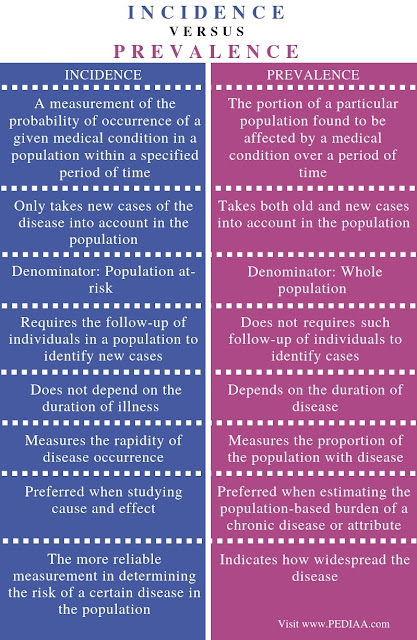There are three major types of RNA that participate in the process of protein synthesis: rRNA, tRNA, and mRNA. First: rRNA: a) Are found in association with several proteins as components of the ribosomes, the complex structures that serve as the sites for protein synthesis. b) There are three distinct size species of rRNA (23S, 16S, and 5S) in prokaryotic cells while in eukaryotes there are 4 species of rRNA (28S, 18S, 5.8S, and 5S). c) Make up about 80% of the total RNA in the cell. Second: tRNA: a) Is the smallest (4S) of the three major types of RNA molecules. b) There is at least one specific type of tRNA molecule for each of the 20 amino acids commonly found in proteins. c) Make up about 15% of the total RNA in the cell. d) Contain a high percentage of unusual bases (Pseudouridine ), for example, dihydrouracil and have extensive intrachain base-pairing. e) Serves as an “adaptor” molecule that carries its specific
